If you like to stay active on vacation, you may want to bring your bike, skis, or other sporting equipment with you on your travels. Having your gear with you makes it easier to explore your destination and really make the most of your trip. Not only will you save money on rentals, but you’ll likely feel more comfortable using equipment that you are already familiar with.
However, traveling with large bicycles or other types of sporting equipment can be very challenging. Here are the rules and regulations you need to know for traveling with these large items, as well as tips to make the travel process easier.
Airline Rules For Traveling With Sporting Equipment
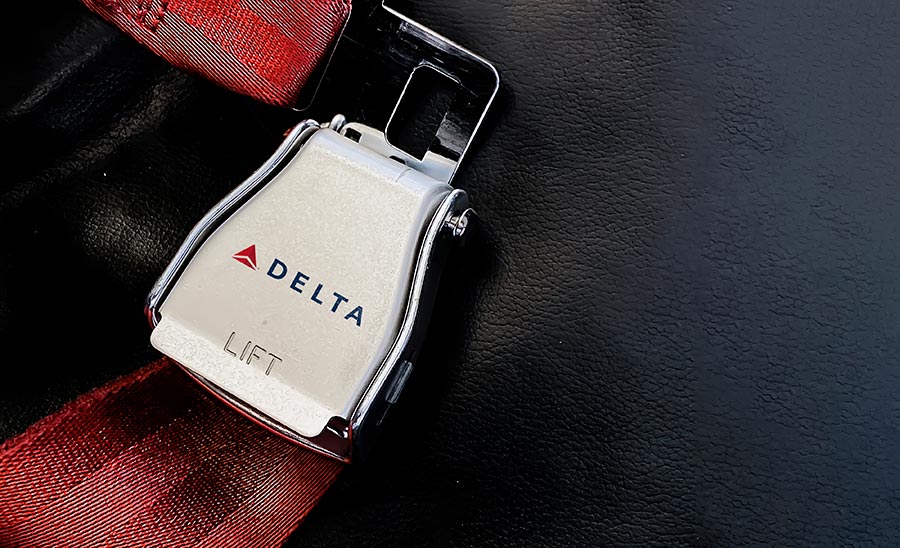
When booking your trip, it’s very important to make sure you understand your airline’s rules and regulations for oversized baggage. These rules can vary slightly between airlines, which is why it’s so important to check with your carrier ahead of time. Additionally, some airlines may have even more limited restrictions for short-haul flights on smaller planes. Confirming with your carrier ahead of time is the best way to make sure that your sporting equipment is safe during your trip.
In most instances, sporting equipment will be subject to oversized baggage fees in addition to the standard checked baggage fees that your airline charges. Most airlines will apply oversized baggage fees if the combined width, length, and height of your item is over 62 inches, although the exact definition can vary. On top of that, you may also have to pay overweight baggage fees for your item. Overweight baggage fees apply for items that are 50 pounds or more. Items weighing over 100 pounds can come with particularly hefty fees.
Most airlines will also require that your sporting equipment be packed in a durable hard shell case designed specifically for that item. For example, you can purchase hard shell cases specifically for traveling with bicycles. If you opt to use a soft shell case, you may have to sign a waiver. Some airlines may not accept bicycles at all without a hard shell case.
If you are traveling with a bicycle, you may need to disassemble it before putting it in the travel case. It’s important to do this before you head to the airport to prevent delays. Using a durable case like this will prevent damage to your equipment while it’s in transit, which is why it’s so important to invest in one.
Tips For Traveling With Sporting Equipment
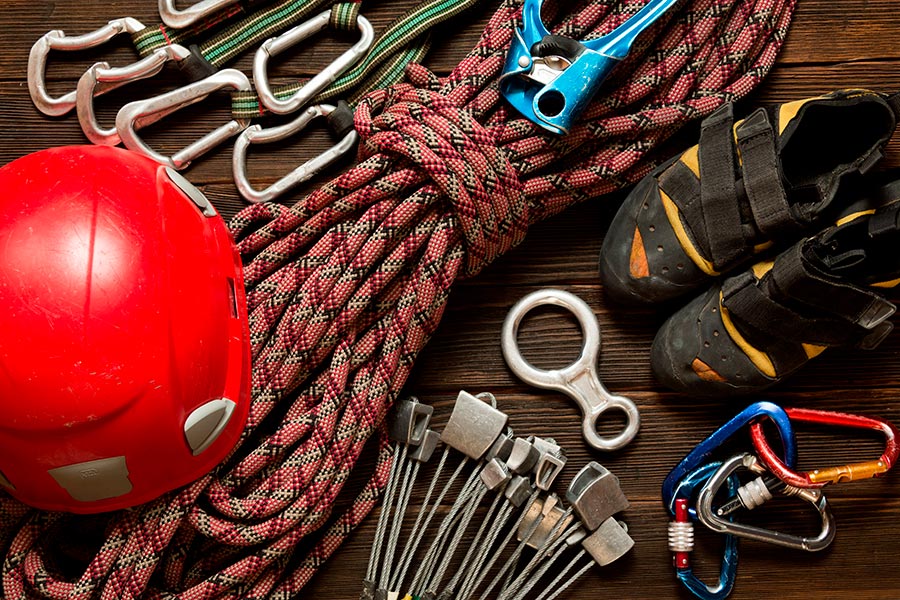
When you’re traveling with large items like bicycles, skis, or surfboards, you’ll need to prepare ahead of time to avoid delays and challenges. Here are some helpful tips for traveling with bicycles or other forms of sports equipment.
Drive your own car to the airport.
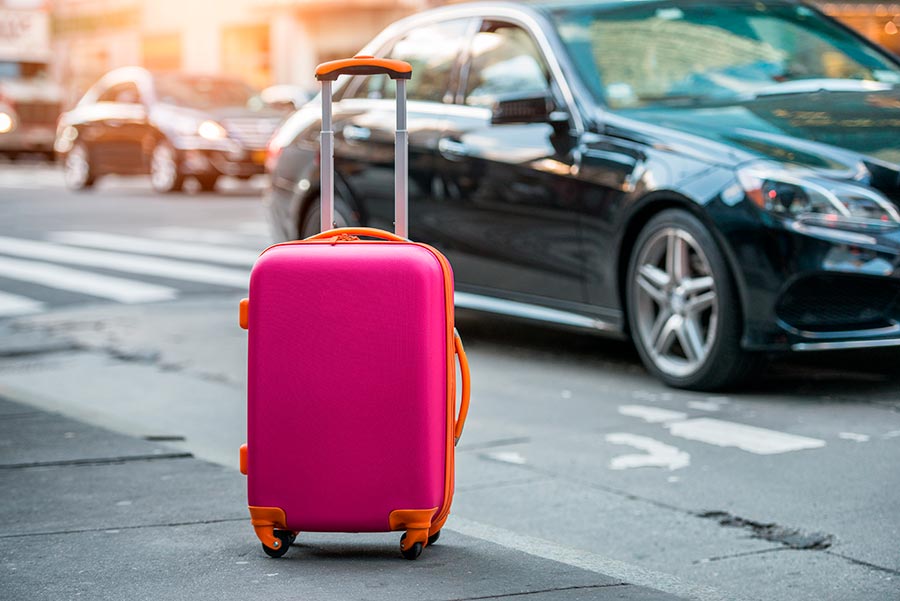
This is one instance where it usually makes more sense to drive your own car to the airport. Cabs and ridesharing services will typically require you to book a very large car for your equipment, which can get expensive very quickly. Bringing your equipment on public transportation can also be very challenging, as buses and trains can get crowded very easily.
When you drive your own car, you can feel confident knowing that you have space for your equipment and that you can transport it safely. You also won’t have to worry about trains running late or not being able to find a cab. These types of delays can be highly stressful while traveling, and you’ll want to avoid them as much as possible.
To get the best deals on parking, make sure you’re using an off-airport parking lot. These lots can be as much as 70 percent cheaper than official airport lots, and you’ll get free shuttle service to and from the airport terminal for your convenience. These shuttles have space to transport bicycles and other large types of sporting equipment quickly. Additionally, you’ll get 24/7 security, so you can feel confident knowing that your car is safe while you are out of town.
Give yourself extra time.

It’s always best to give yourself a little extra breathing room when it comes to getting to the airport, but this is particularly important when traveling with large or oversized baggage. The check-in process is going to take a bit longer than usual, and you’ll want to leave yourself with extra time to get through security and make it to your gate. When planning your day, be sure to give yourself an extra 30 to 60 minutes longer than you normally would to make it to the airport and through the check-in process.
Find effective transportation at your destination.
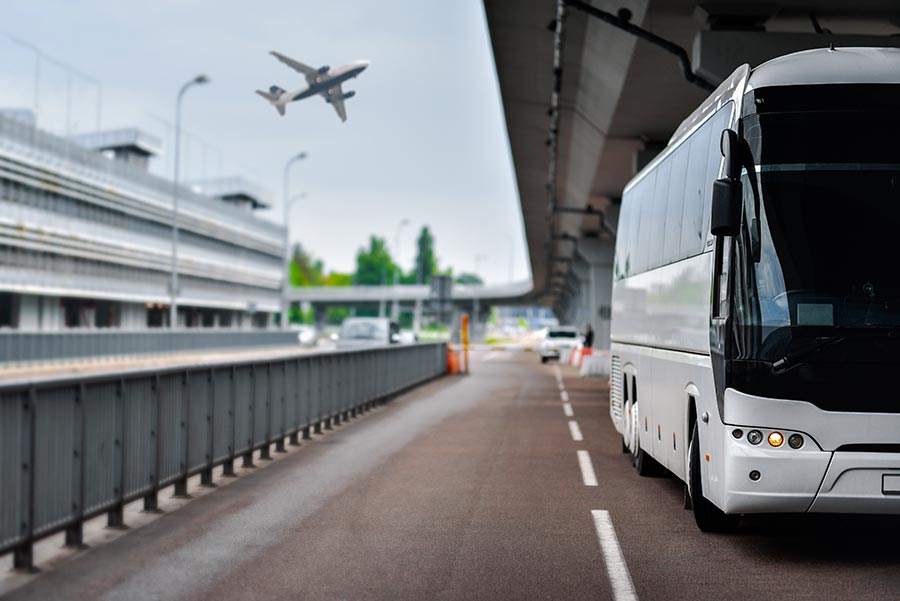
It’s also important to make sure you have a plan for what to do once you arrive at your final destination. If you’re going on a tour or staying at a resort, they may provide a shuttle for you. However, if you’re booking your own transportation, you’ll need to make sure that you can transport your equipment safely. This may mean renting a larger car than usual or booking an SUV-style car to get you to your accommodations.
Consider baggage insurance.
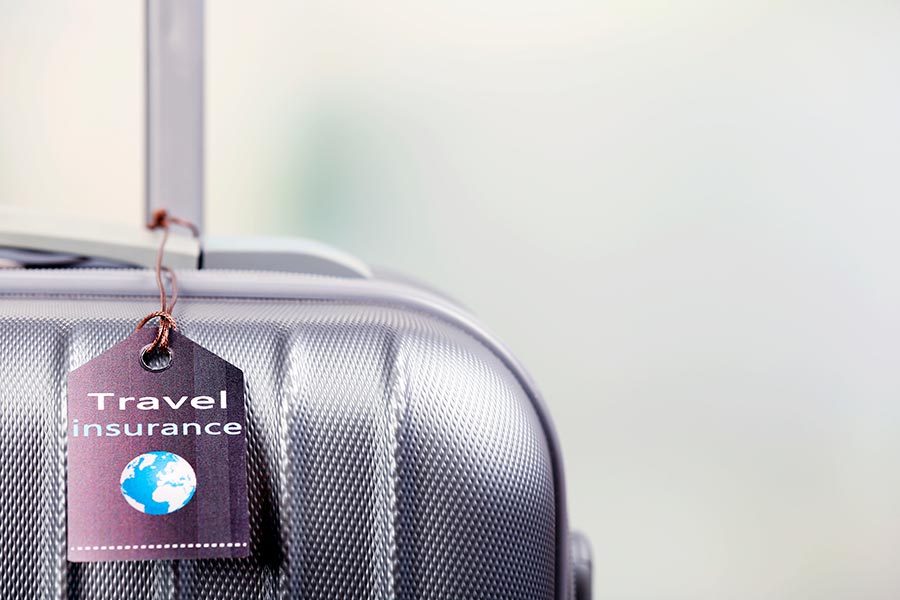
If the equipment you are traveling with is particularly expensive or easily damaged, you may want to consider investing in some form of insurance for your trip. This won’t be essential for everyone, but if you’re worried about the safety of your items, it can give you the peace of mind you need. A reliable baggage insurance plan will pay for repairs or replacements if necessary. While it’s rare, there is the possibility of items getting damaged or lost in transit, and an insurance plan can help you feel more comfortable.
With a little advance planning, you can comfortably bring your sporting equipment with you on trips. Having your own bike, skis, or surfboard can help you feel more at home away from home. To find the best off-site airport parking, be sure to check out ParkingNearAirports.io. You can browse parking lots throughout the US and Canada to find all the best deals!
What About The Requirements For Other Types Of Sports Equipment?

1. Antlers

If you're a hunter and you're planning to transport antlers, animal racks, and other things, you should pay attention to the following rules:
- The antlers should be free of residue, the skull should be wrapped, and the tips protected;
- Antler/animal racks cannot be more than 100 lbs. (45 kg) and linear size (length + width + height) cannot exceed 115 inches/292 cm;
- Antlers will be accepted on Delta Connection flights only if space is available.
However, please keep in mind one important thing: in some cases, there isn't enough space for antlers to travel on the same plane with you.
Besides, here is some information about the costs of transporting the antlers:
- If you're transporting the antlers weighing more than 50 lbs., you'll be charged accordingly for the excess weight;
- If the outside linear dimensions (length + width + height) exceed 115 linear inches (292 cm), the item won’t be accepted;
- Items that exceed your baggage allowance will be subject to additional baggage or an overweight baggage fee.
2. Archery Equipment
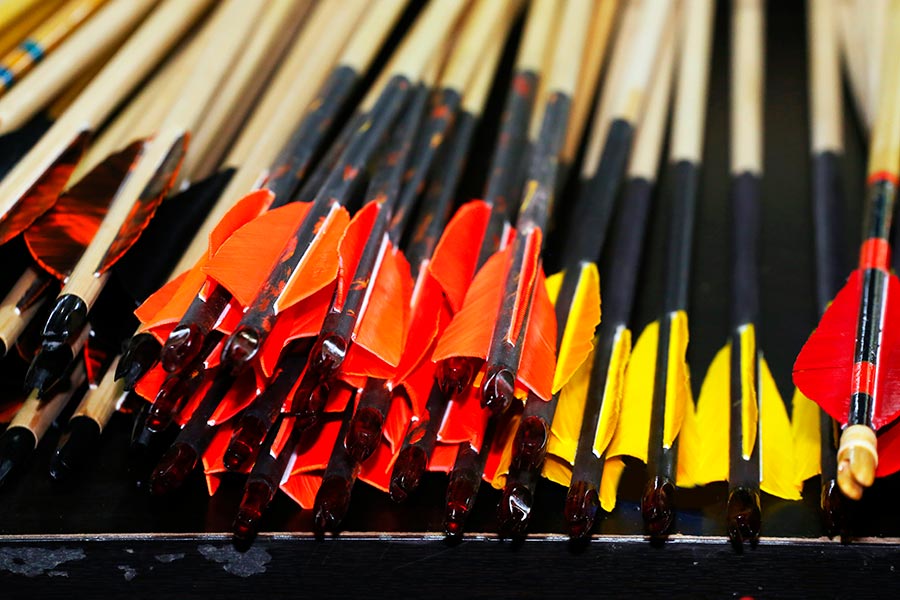
If you're an archery fan, you should remember the following points:
- Archery equipment may only be carried as checked baggage;
- All archery equipment must be packed in a sturdy protective container designed explicitly for Archery;
- Items in excess of your baggage allowance will be subject to additional baggage and overweight charges.
3. Boogie/Skim Boards
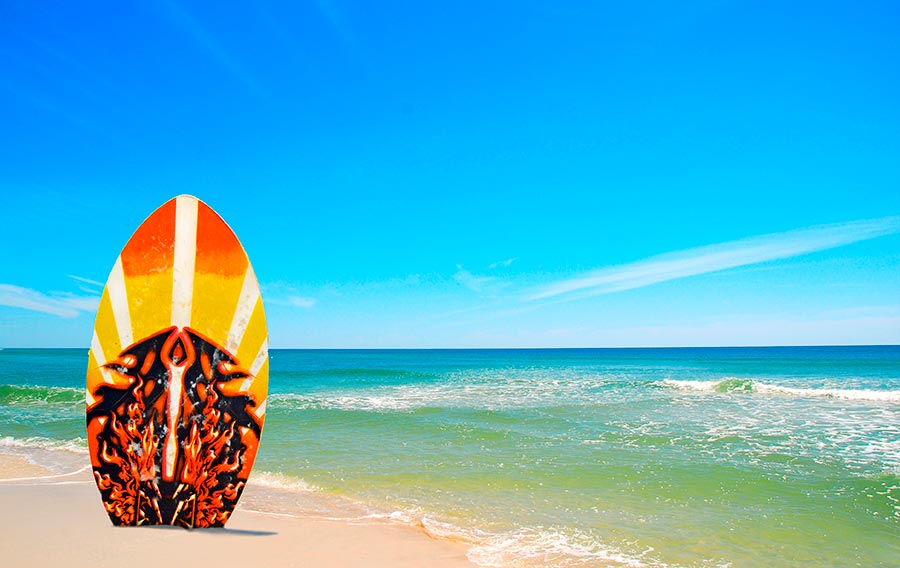
As for the boogie and skimboards, remember the following:
- If you're transporting boogie or skimboards weighing more than 50 lbs., you will be charged accordingly for the excess weight;
- If the outside linear dimensions (length + width + height) exceed 115 linear inches (292 cm), the item won’t be accepted;
- Items that exceed your baggage allowance will be subject to additional baggage or an overweight baggage fee.
4. Canoes/Kayaks

If we speak about the canoes or kayaks, the situation is the following: you won't be able to transport them, except for folding kayaks. However, for the folding kayaks, there are some rules:
- Folding kayaks weighing more than 50 lbs. will be charged accordingly for the excess weight;
- If the outside linear dimensions (length + width + height) exceed 115 linear inches (292 cm), the item won’t be accepted;
- Items exceeding the baggage allowance will be subject to additional baggage or overweight baggage fee;
- Besides, a passenger must sign a limited liability release form.
5. Fishing Equipment
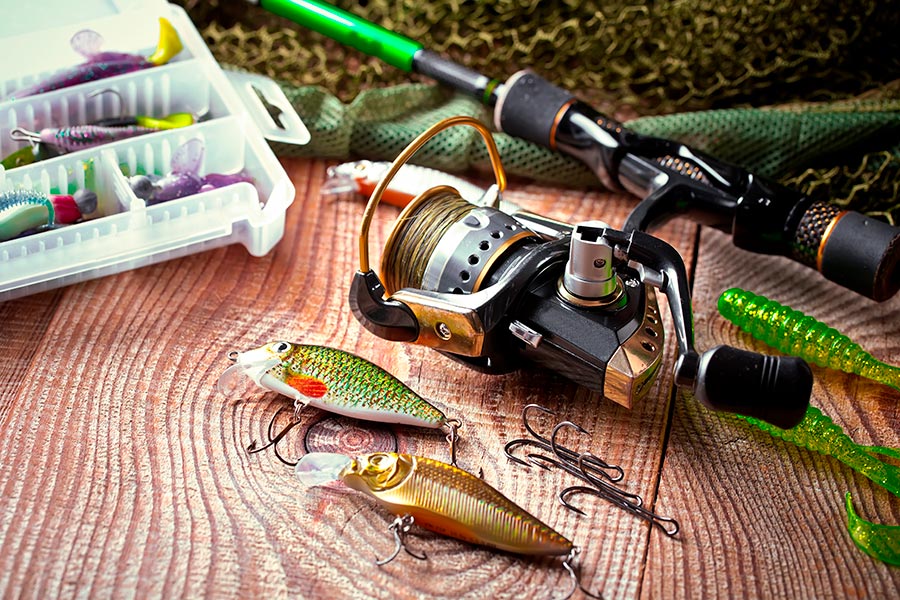
Fishing poles up to 115 linear inches (length + width + height) (292 cm) are allowed as checked baggage, provided they are stored safely. In addition, fishing poles that meet the carry-on baggage standard (22 in x 14 in x 9 in) are allowed as carry-on baggage. However, for items in excess of the baggage allowance, there is an additional charge.
6. Golf Equipment
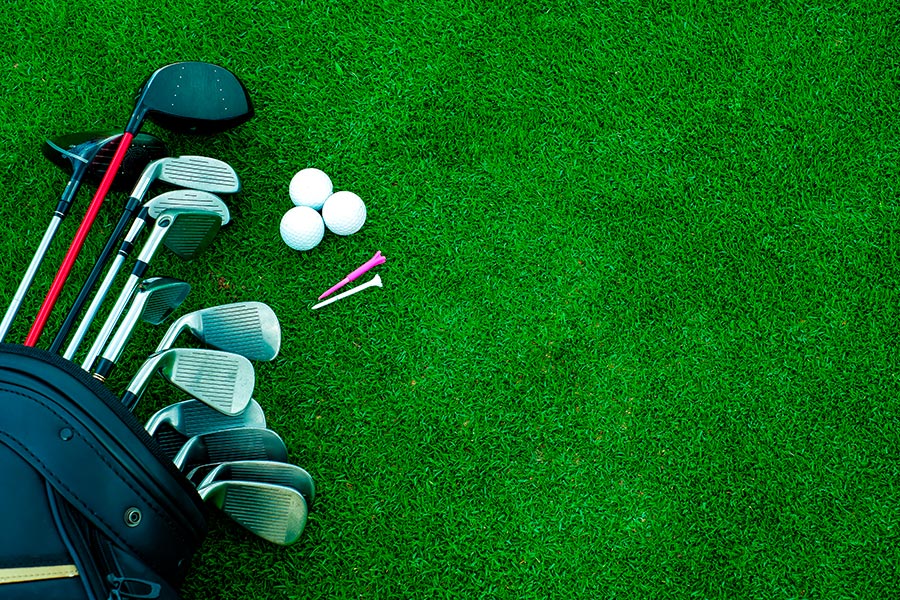
You can carry one golf bag (per passenger) as standard checked baggage if the equipment is safe and meets size requirements. In addition, the standard baggage fee applies.
As for the Golf Checked Bag requirements, they're the following:
- Golf bags weighing more than 50 lbs. will be charged accordingly for the excess weight;
- If the outside linear dimensions (length + width + height) exceed 115 linear inches (292 cm), the item won't be accepted.
In one Checked Golf Bag, there's:
- One golf bag;
- One set of golf clubs;
- Golf balls and tees;
- One pair of golf shoes.
Golf Club Restrictions:
- After signing the limited release, everything has to be packaged in a hard-shell case or a soft-sided golf travel bag.
Besides, remember the most important: in most cases, the airline companies, including Delta, aren't responsible for damage noted during check-in or damage caused by over-packing the bag.
7. Hockey & Lacrosse Equipment
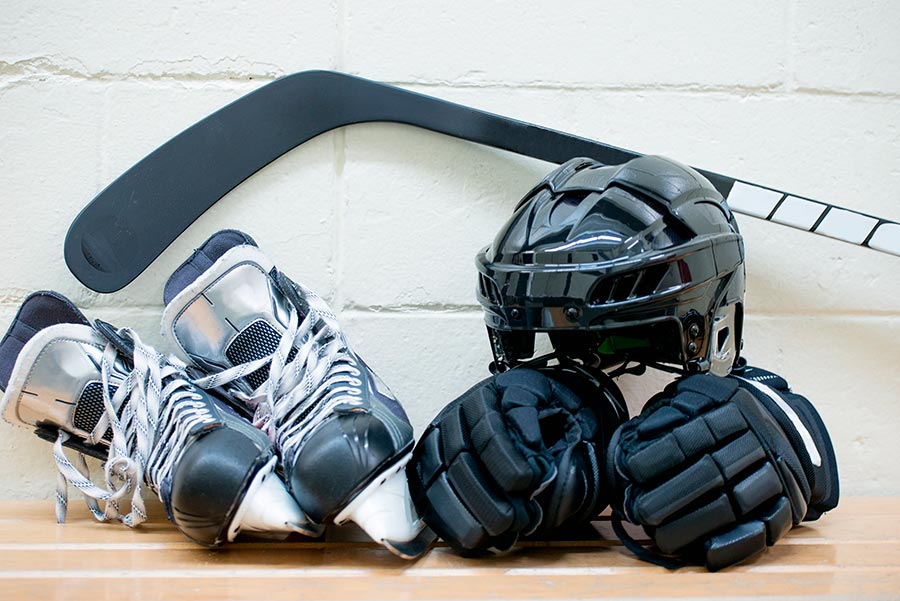
Hockey and Lacrosse equipment will only be allowed as checked baggage. Standard baggage rates and policies apply. One hockey/lacrosse equipment piece is defined as one equipment bag plus two hockey or lacrosse sticks (tied together). If the total weight of the equipment exceeds 50 lbs. (22 kg), you must pay an overweight baggage fee.
8. Javelins

As for the javelins, they're allowed, apart from the trips to/from Dublin (DUB) or Amsterdam (AMS).
Here are some rules you should know if you're planning to transport the javelins:
- Javelins weighing more than 50 lbs. will be charged accordingly for the excess weight;
- If the outside linear dimensions (length + width + height) exceed 120 linear inches (305 cm), the item won’t be accepted;
- Items that exceed your baggage allowance will be subject to additional baggage or an overweight baggage fee.
9. Kiteboards
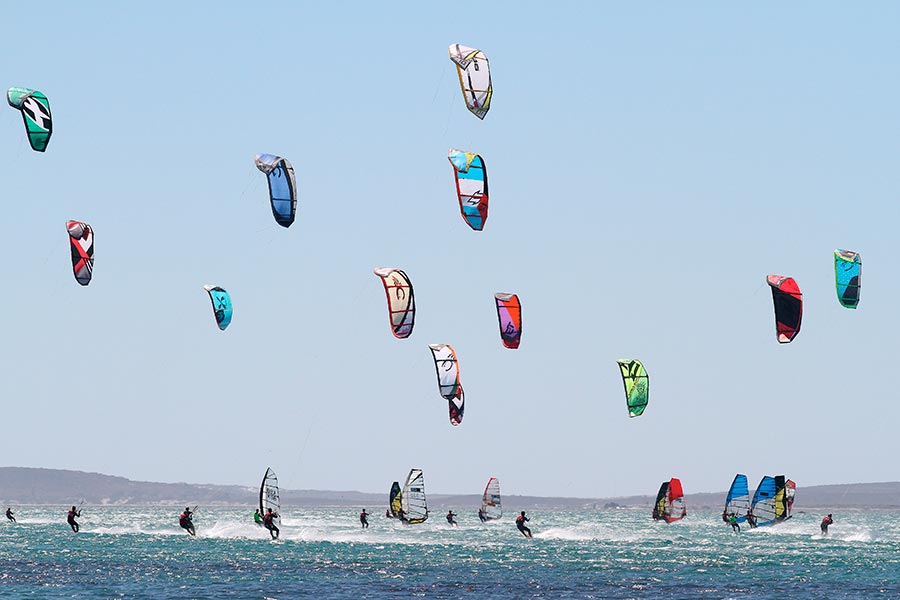
- If you're transporting the kiteboards weighing more than 50 lbs., you'll be charged accordingly for excess weight;
- If the outside linear dimensions (length + width + height) exceed 115 linear inches (292 cm), the item won’t be accepted;
- Items that exceed the baggage allowance will be subject to additional baggage or overweight baggage fee;
- Boards longer than 115 linear inches (length + width + height) (292 cm) won’t be accepted, too;
- Kiteboards aren't accepted on flights operated by ExpressJet and may be limited on other Delta Connection or regional carriers.
10. Kneeboards/Wakeboards
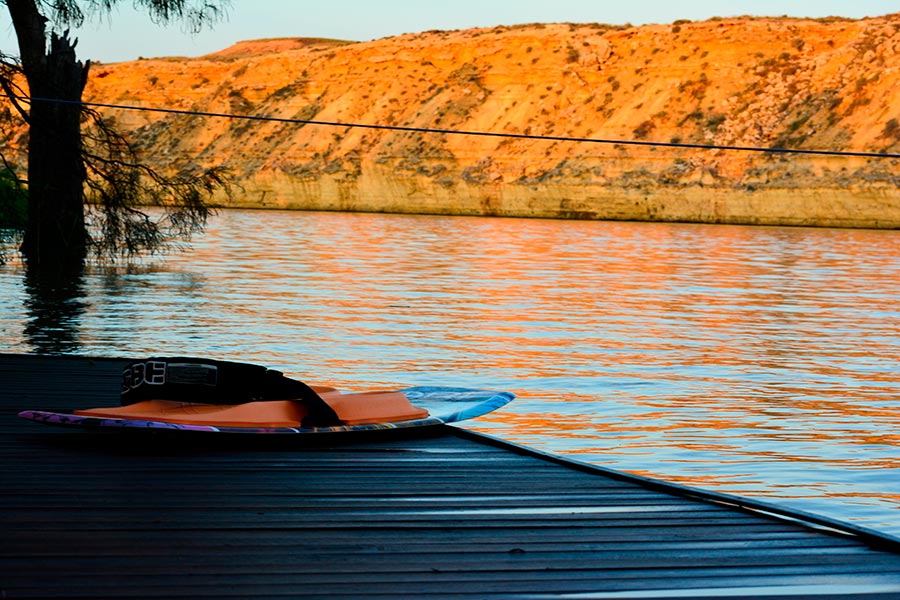
If we speak about the kneeboards and wakeboards, please keep in mind the following rules:
- Kneeboards or wakeboards weighing more than 50 lbs. will be charged for the excess weight;
- If outside linear dimensions (length + width + height) exceed 115 linear inches (292 cm), item won’t be accepted
- Everything must be packaged in an appropriate kneeboard/wakeboard bag.
Besides, remember that for items in excess of the baggage allowance, there is an additional charge.
11. Parachutes
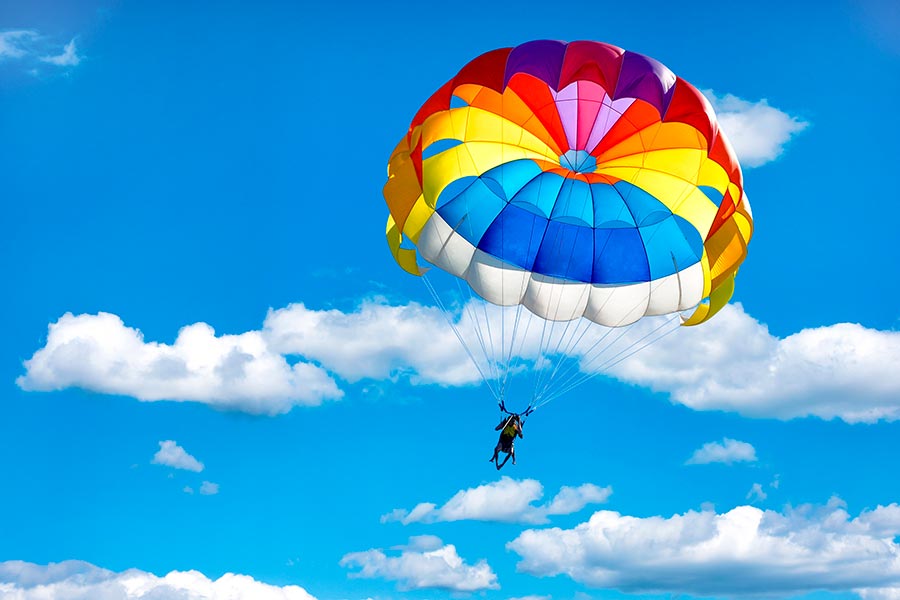
Sport parachutes are allowed as carry-on luggage only if none of the items are classified as prohibited or restricted. As an example - pressurized oxygen cylinders.
12. Scuba Equipment
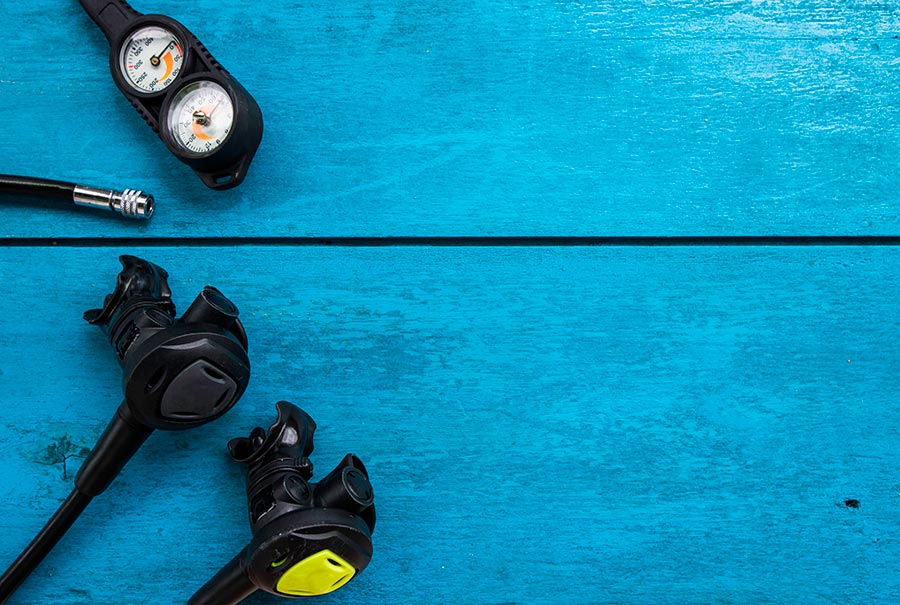
As for the scuba equipment, there are also some rules you should keep in mind:
- One dive bag containing scuba equipment other than an empty dive tank is allowed as checked baggage;
- An empty dive tank is also allowed;
- Tanks weighing more than 100 lbs. or 115 linear inches aren't allowed.
13. Shooting Equipment
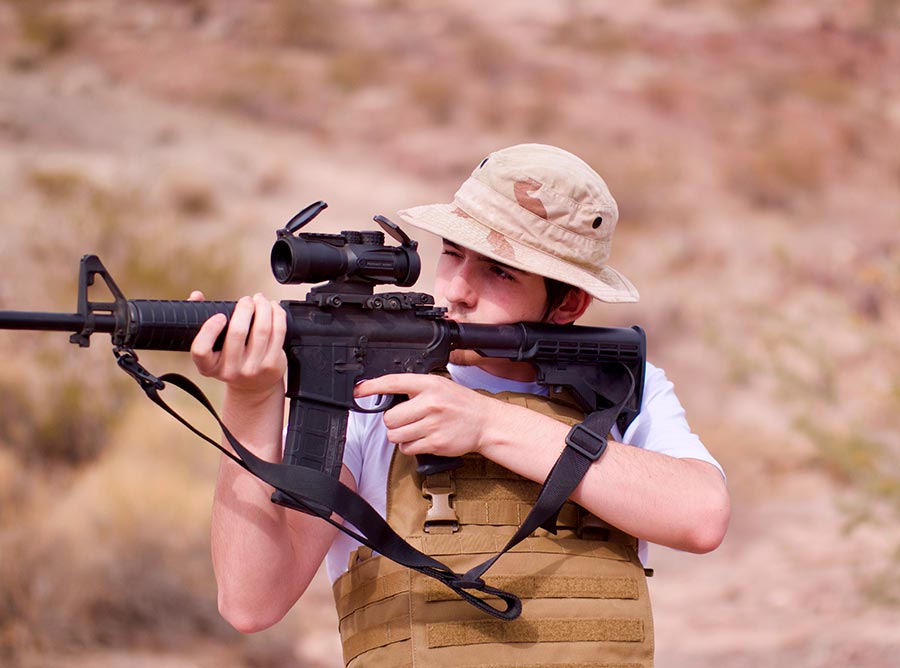
If you're planning to transport the shooting equipment, there are many requirements you should pay attention to. So let's take a closer look at each point:
- First of all, you need to declare to a Delta (or any other airline) representative that you're checking firearms;
- Then, inform the security personnel that you're transporting firearms if there is a security checkpoint before the Delta counter;
- The passenger must declare all firearms to a Delta representative at the main ticket counter;
- Present unloaded firearms and sign the "Unloaded Firearms" declaration;
- Firearms must be packaged in a locked manufacturer's hard-sided container specifically designed for firearms, a locked hard-sided gun case, or in locked hard-sided luggage. Handguns can be packed in a locked hard-sided gun case and then packed in unlocked soft-sided luggage. In this case, however, you must use the Conditional Acceptance Tag;
- Keep in your possession the entry permits for the country or countries of destination or transit;
- Make sure small arms ammunition is packed in the manufacturer's original package or securely packed in fiber, wood, plastic, or metal boxes, and ensure that ammunition is separated;
- It's your responsibility to know and comply with all Federal, State, or local laws regarding the possession and transportation of firearms. You can visit the TSA website for more information on these regulations;
- If you're transporting firearms to the United Kingdom, a permit from the United Kingdom is specifically required. You should contact the United Kingdom for more information about obtaining this permit;
- Until further advised, passengers flying out of Brussels, Belgium isn't permitted to check firearms, including antique, sporting, hunting, or toy rifles, in their checked baggage;
- Customer must be at least 18 years old;
- All firearms checked as baggage must be picked up at the Baggage Service Office upon arrival at your final destination. In addition, ID will be required to claim your checked firearm.
Besides, it would help if you remember the following: the types of ammunition described below aren't allowed:
- Gun powder;
- Ammunition with explosive or incendiary projectiles;
- Ammunition, including case, with a gross weight greater than 11 pounds (5 kg) per passenger.
Pistols and accessories must be included in one case and contain:
- Pistol telescopes;
- Noise suppressors;
- A small pistol tool case;
- No more than 11 lbs. (5 kg) of ammunition, including case.
Rifles and shotguns should be packaged as follows:
- One hard-sided case containing up to four rifles, shotguns, shooting materials, tools;
- The case must completely secure the firearms from access. All areas designated for locking must be locked;
- Locked cases that can be easily opened aren't allowed. Keep in mind that the container the firearm was in when purchased may not properly secure the firearm when transported in checked baggage;
- One hard-sided case containing up to five handguns, one scope, tools;
- One bow and quiver of arrows and a maintenance kit enclosed in a case or container sturdy enough to protect the bow and quiver from accidental damage;
- No more than 11 lbs. (5 kg) of ammunition, including case.
If more than one gun case is checked, an excess baggage fee will be charged.
14. Skateboards

Skateboards are accepted as checked baggage, and standard baggage policies apply. Besides, skateboards are allowed as carry-on baggage, and common carry-on size restrictions apply. In checked luggage, your skateboard must be in a bag.
15. Ski/Snowboard
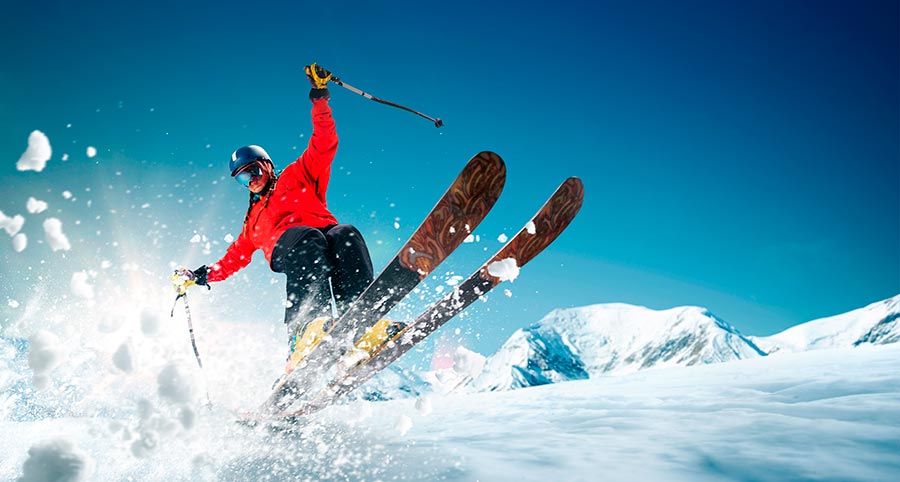
As for the ski or snowboard equipment, it's allowed as checked baggage. One item of Ski or Snowboard equipment per person is defined as:
- One ski/pole bag;
- One snowboard bag;
- One boot bag per person is accepted.
The total weight of both items (ski/snowboard bag and boot bag) may not exceed the standard baggage allowance established for the cabin. Otherwise, an excess weight charge will be applied.
16. Surfboards

Before transporting the surfboards, we recommend you take a closer look at the following Surfboard Checked Bag Requirements and Fees:
- If you're transporting the surfboards weighing more than 50 lbs, you'll be charged accordingly for the excess weight;
- If outside linear dimensions (length + width + height) exceed 115 linear inches (292 cm), item won’t be accepted;
- Items that exceed your baggage allowance will be subject to additional baggage or overweight baggage fee;
- Surfboards are allowed up to two (2) boards per bag.
Besides, here are Surfboard Terms and Conditions you should learn before the flight:
- Delta Connection surfboard acceptance and fees may vary. Surfboards more than 72 inches in length aren't permitted on Delta Connection airline flights. If you need more detailed information, you can always contact Reservations.
17. Vaulting Poles
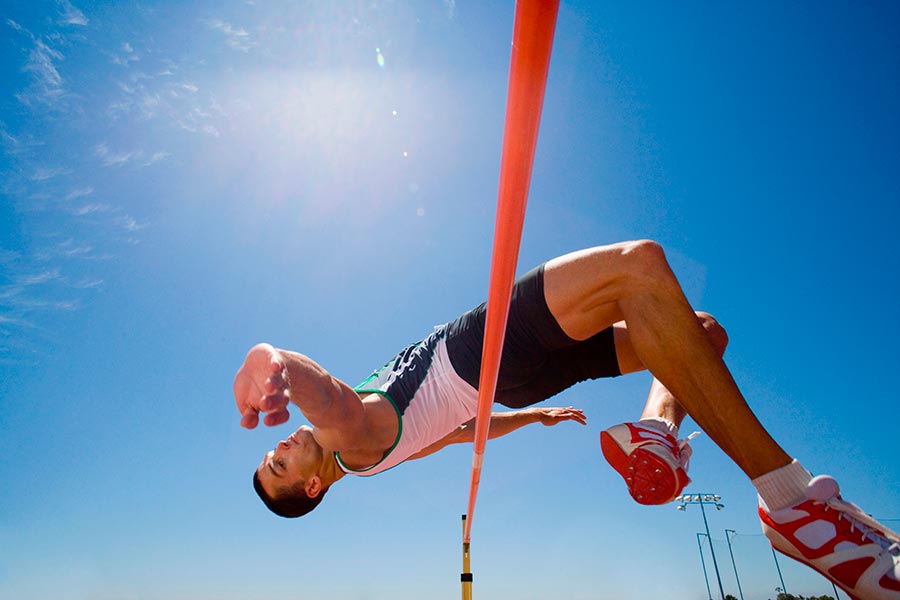
Vaulting poles aren't accepted as checked baggage or cargo on any Delta or the carrier Delta Connection flight.
18. Windsurfing Boards
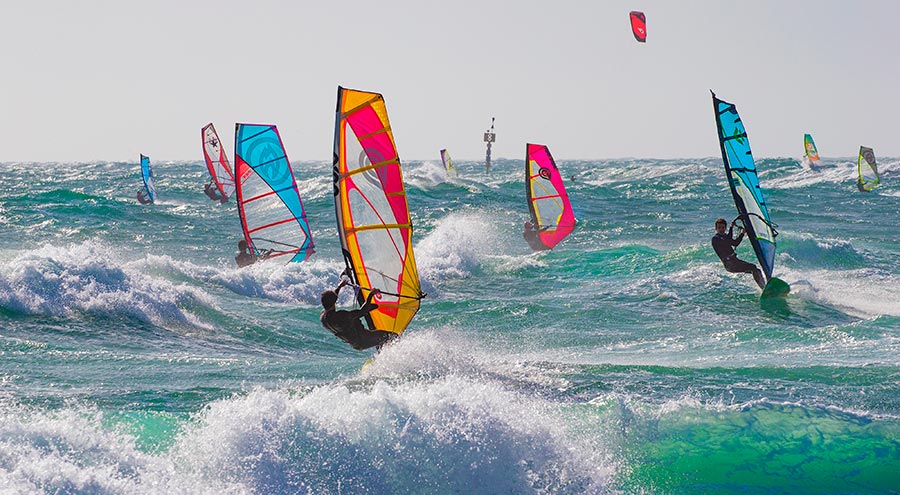
If we speak about the windsurfing boards, first of all, please read the following Windsurfing Checked Bag Requirements and Fees:
- Windsurfing boards weighing more than 50 lbs. will be charged accordingly for the excess weight;
- If outside linear dimensions (length + width + height) exceed 115 linear inches (292 cm), item won’t be accepted;
- Items exceeding the baggage allowance will be subject to additional baggage or overweight baggage fee;
- Boards are allowed up to two boards per bag.
Besides, here are Windsurfing Terms and Conditions:
- Delta Connection carrier surfboard fees may vary. Contact Reservations for more information;
- Due to size limitations, windsurfing equipment won't be accepted on Delta Connection carriers or MD-88 aircraft.






